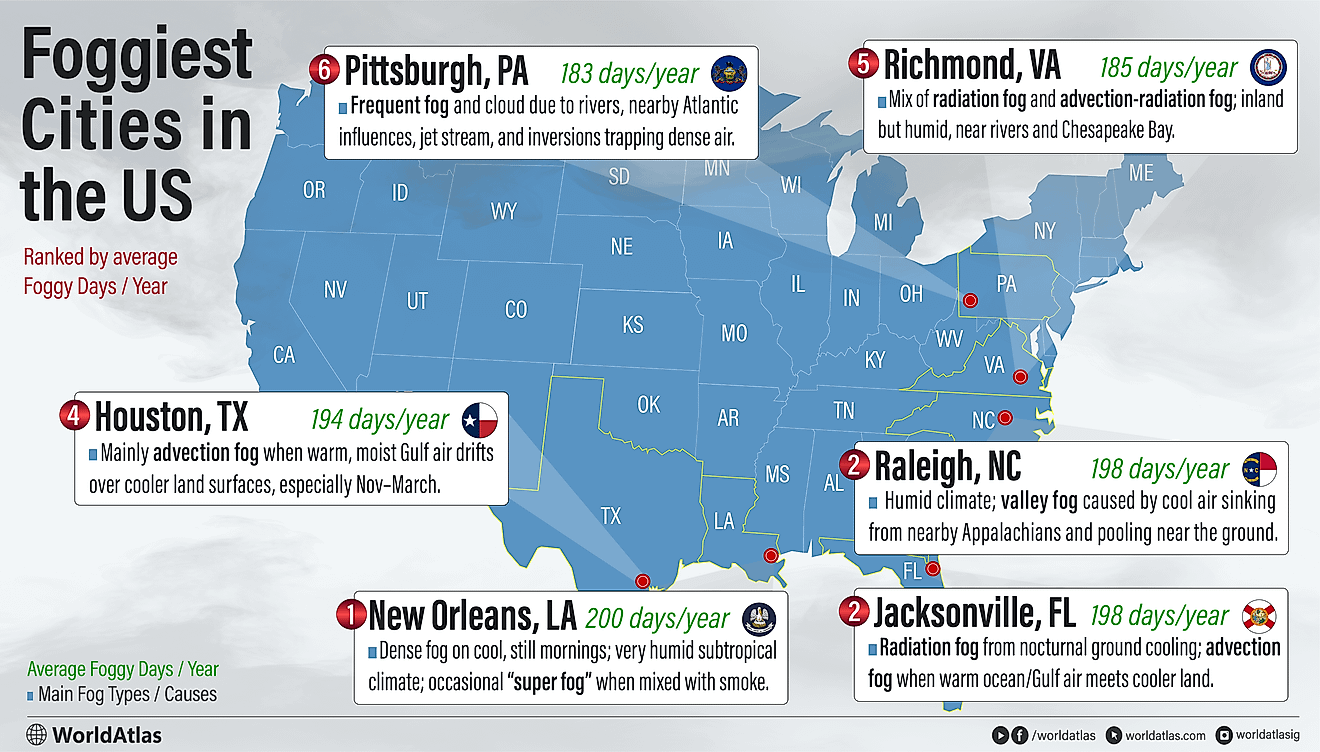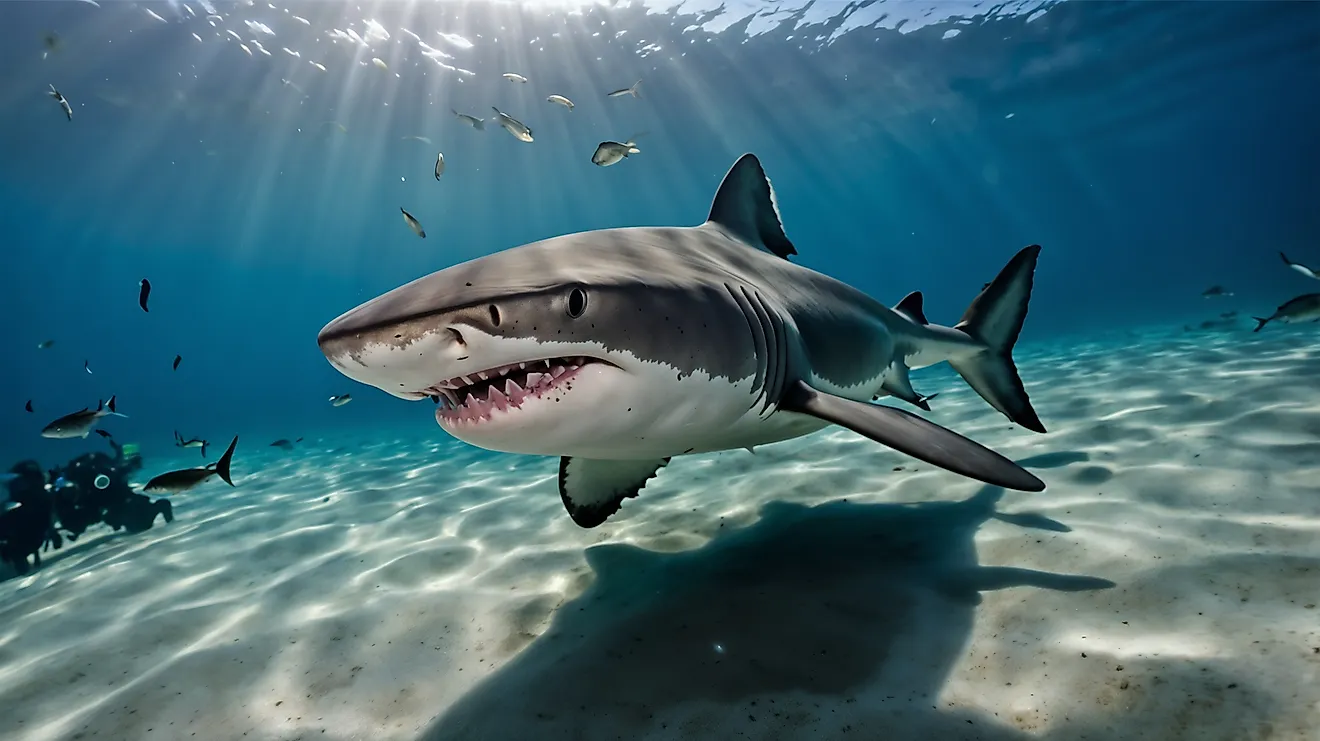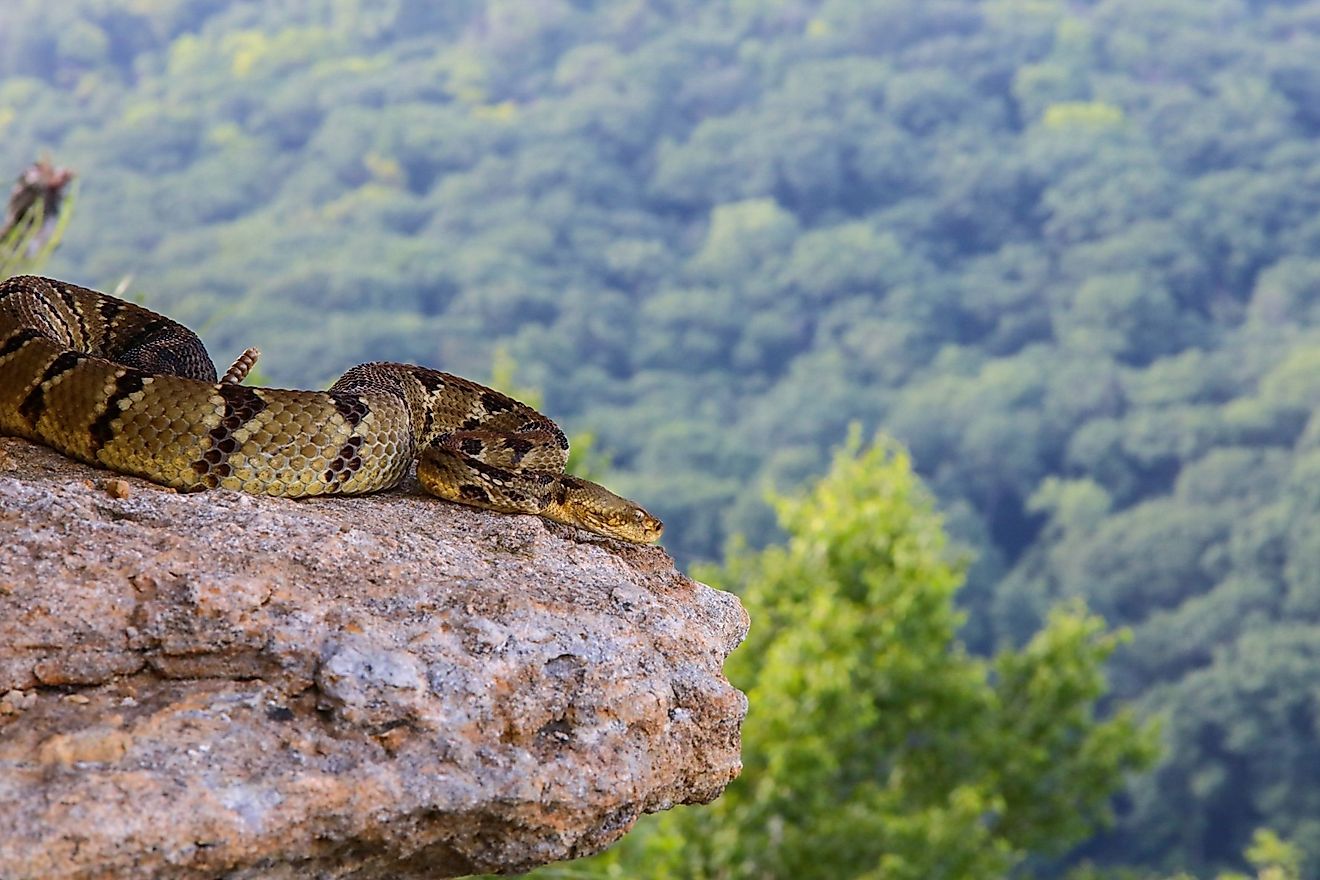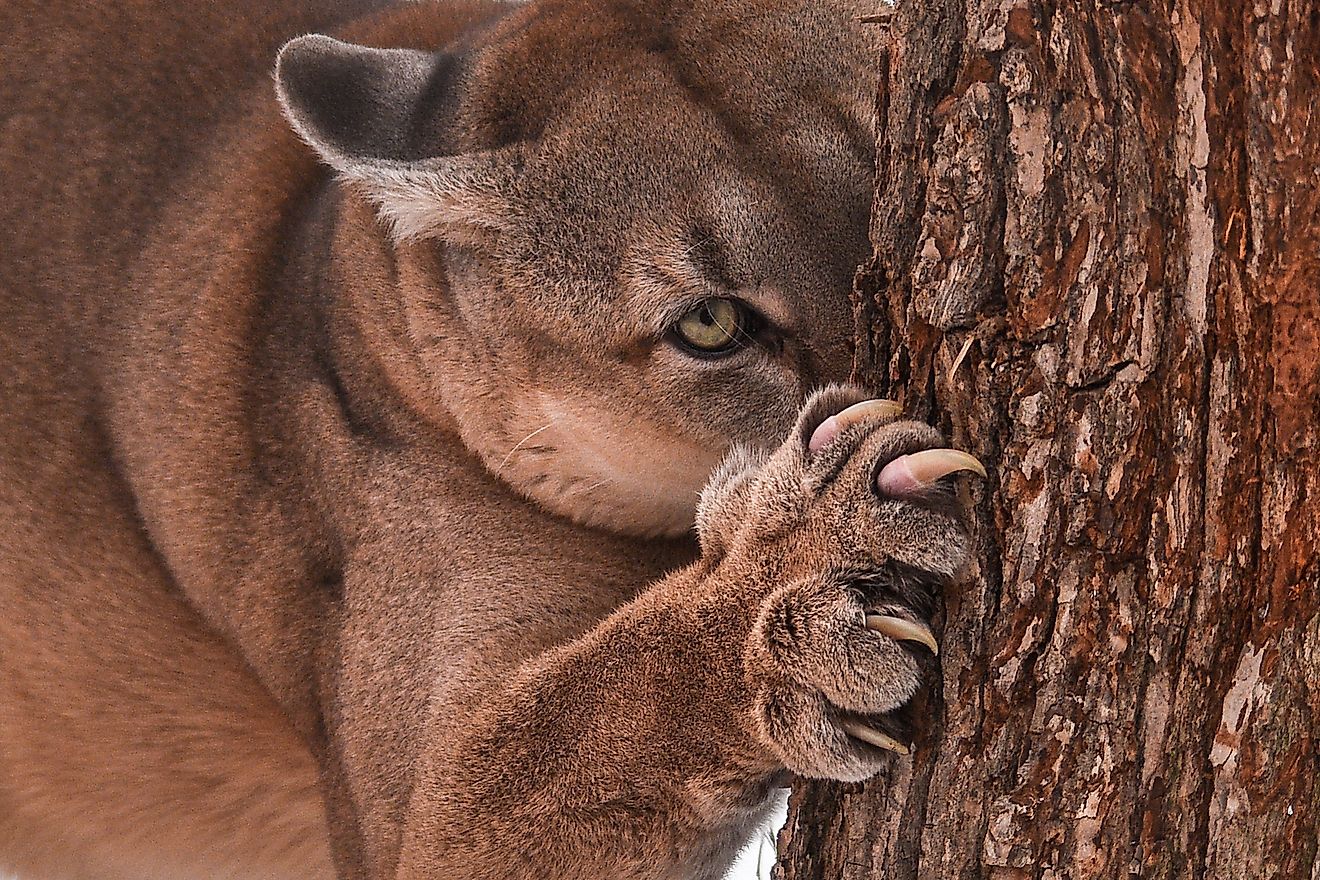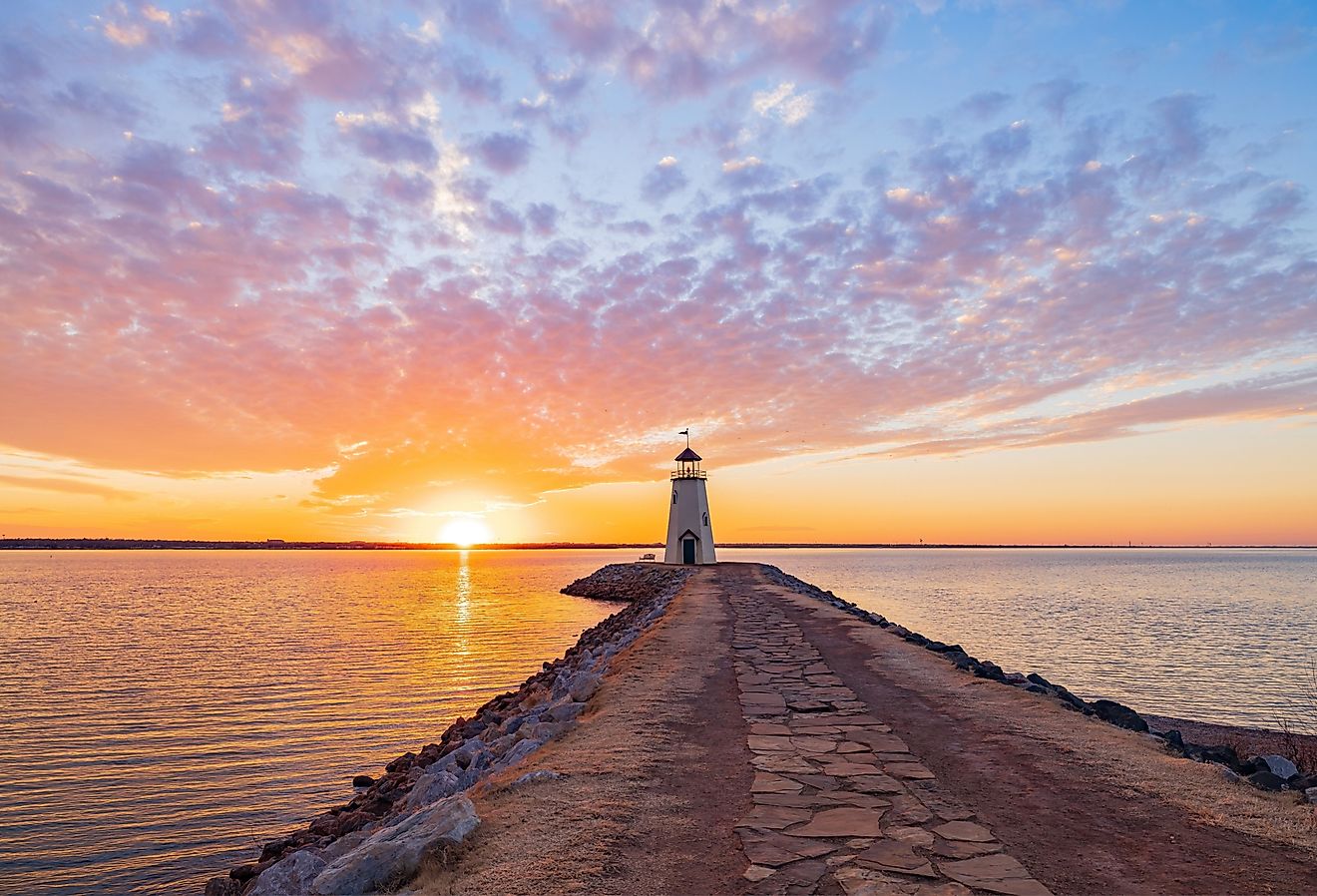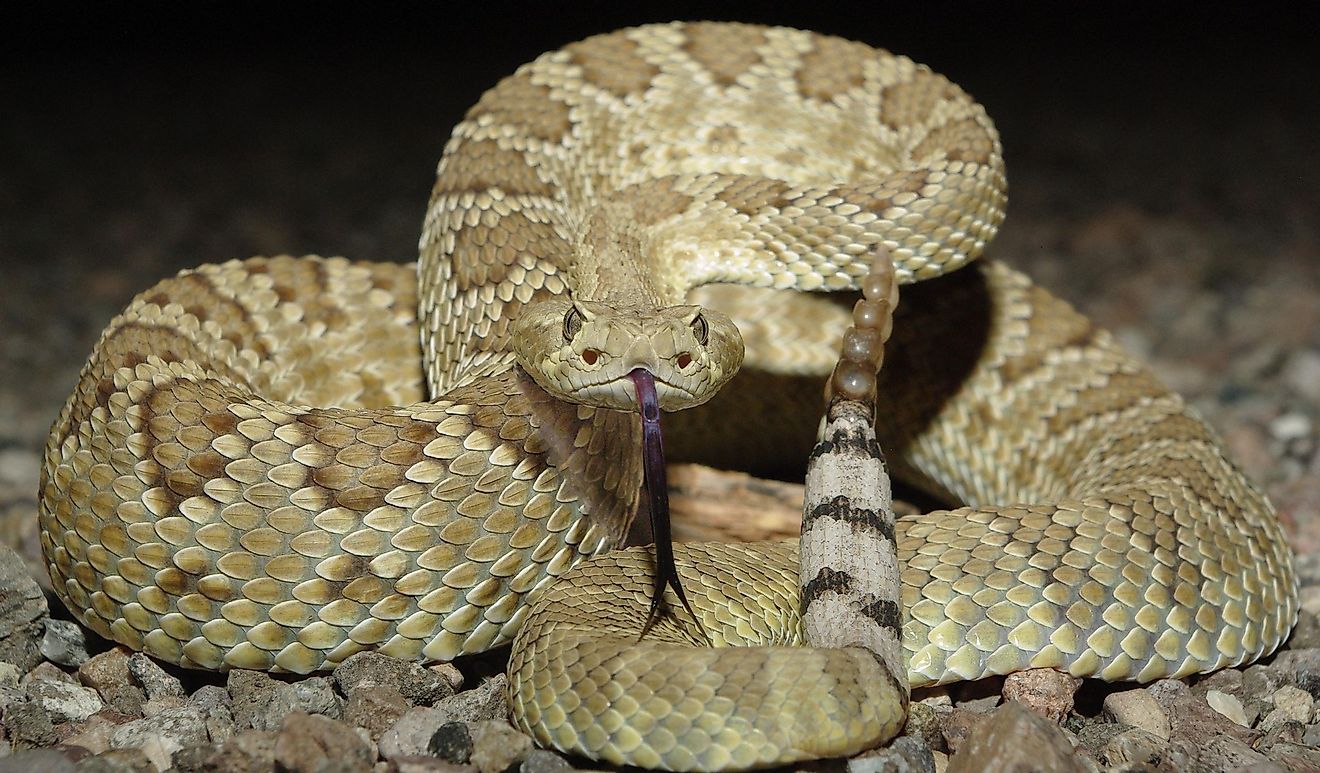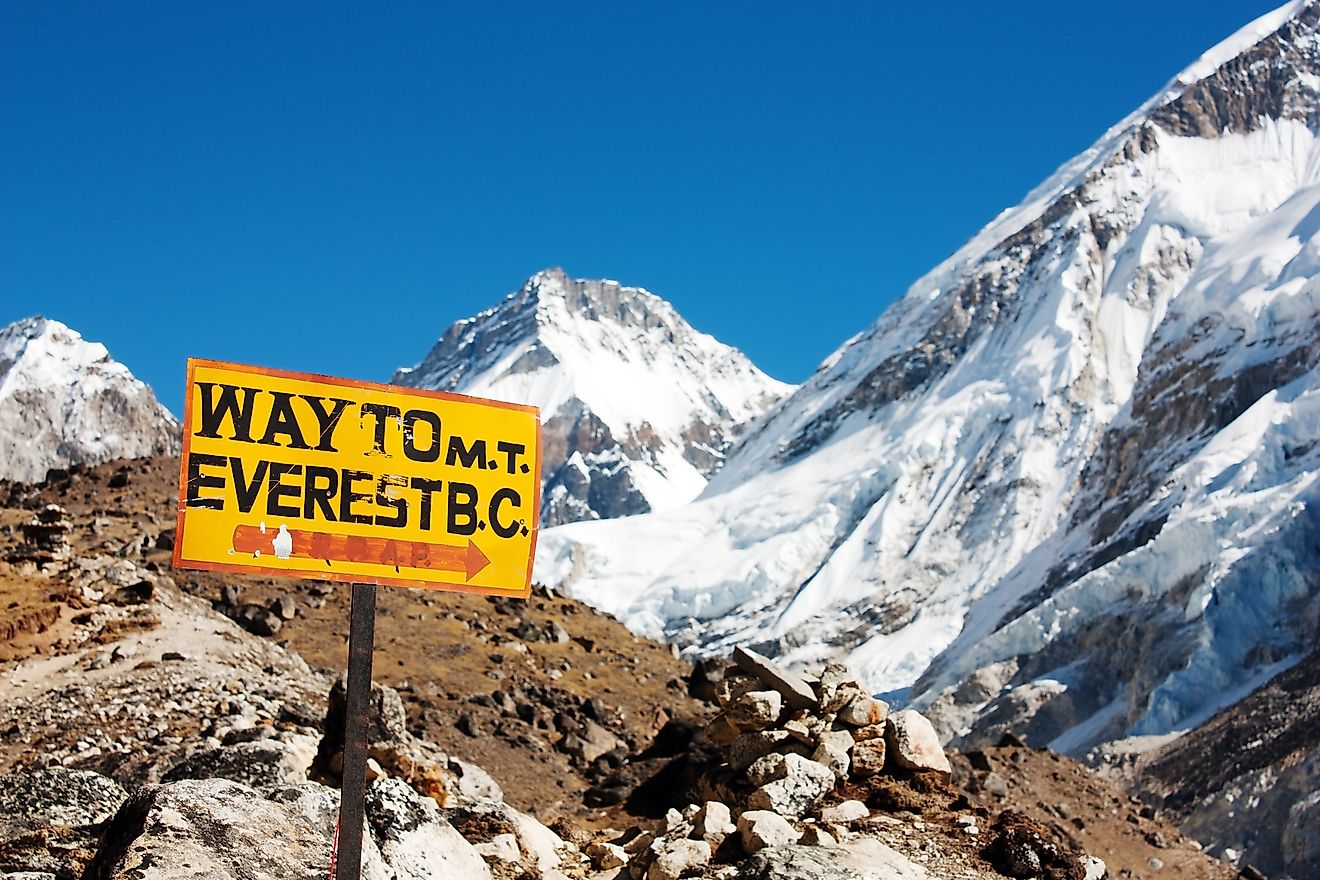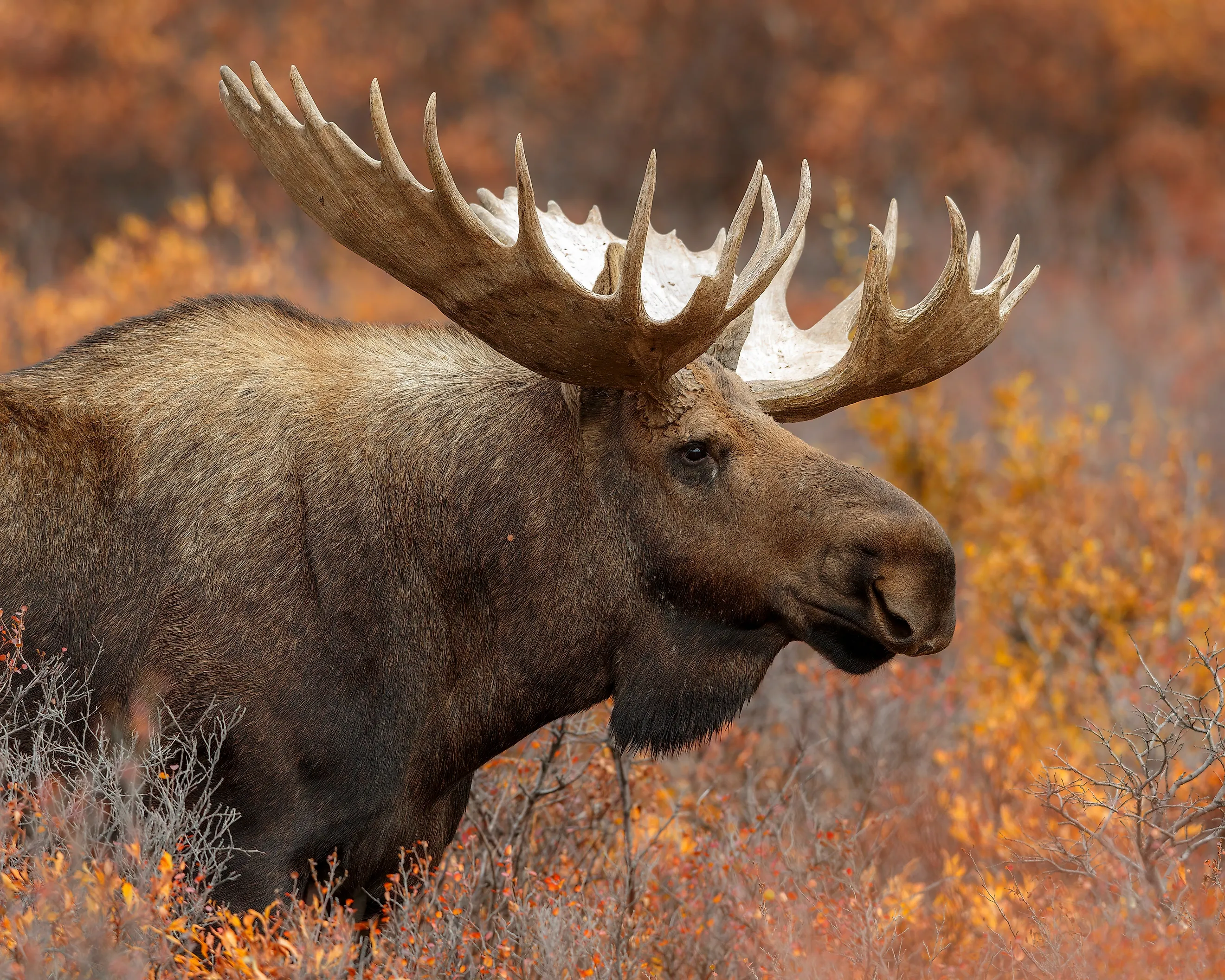
Alaska’s Great Land Giant: The Moose
Humans who live among large moose populations have a complex relationship with the iconic giant. When it comes to wildlife, there is nothing quite like spotting a moose in its natural habitat. Similar to eagles and bears, moose have the ability to strike a balance of awe and fear in the typical two-legged observer. However, though they are not typically aggressive towards humans, they will charge if frightened or provoked, and no vehicle is a match for these beasts on a dark highway at night. Moose are actually responsible for more injuries in Alaska than any other wild animal, and it is often cited that they are second only to hippopotamuses in terms of dangerous attacks worldwide. Still, one of Alaska's greatest threats is also one of its most beloved creatures, and it's not hard to see why.
The History of Moose in Alaska
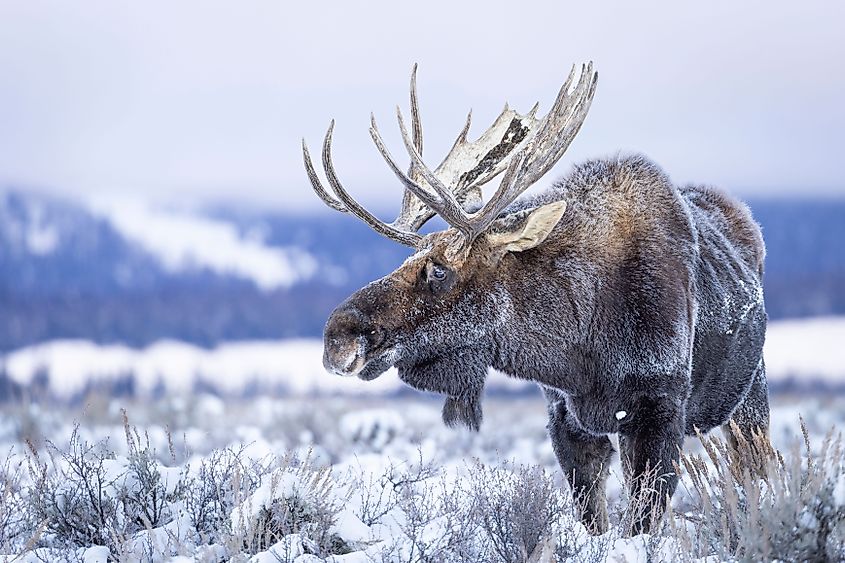
Moose are a common sight in the Alaskan forests and wilderness. While they often roam freely in several Alaska towns, they are mostly found in the mist-shrouded muskeg, river valleys, and hills inside Denali National Park.
Over six feet tall at the shoulder, this great land giant is the territory’s largest mammal of the deer family and has inhabited the area for a very long time. Moose originated in Eurasia, crossing into North America via the Beringia land bridge around the end of the last Ice Age. Radiocarbon dating and genetic studies indicate that this occurred approximately 15,000 years ago. The moose migration coincided with the retreat of massive ice sheets and the northward expansion of shrubs and forests, upon which these mammals rely for food and shelter. Scientists have uncovered moose bones and antler fragments on Alaska’s North Slope, dating back 14,000 years. They also found the remains of other Ice Age mammals, including horses and steppe bison.
It is also plausible that moose endured in isolated refugia in past Alaska during the mid- to late Pleistocene Epoch. They expanded across the region as woody vegetation spread. Palynology and mitochondrial DNA evidence supports the presence of moose south of the tree line throughout those eras. More archaeological evidence suggests an ancient presence, but oral Indigenous accounts indicate that moose were rare north of the Brooks Range before the late 1800s. According to these accounts, moose became abundant in tundra-edge areas after 1870-1900. It is believed that this spread was fueled by the expansion of shrubs and a decrease in hunters.
Indigenous Perspectives
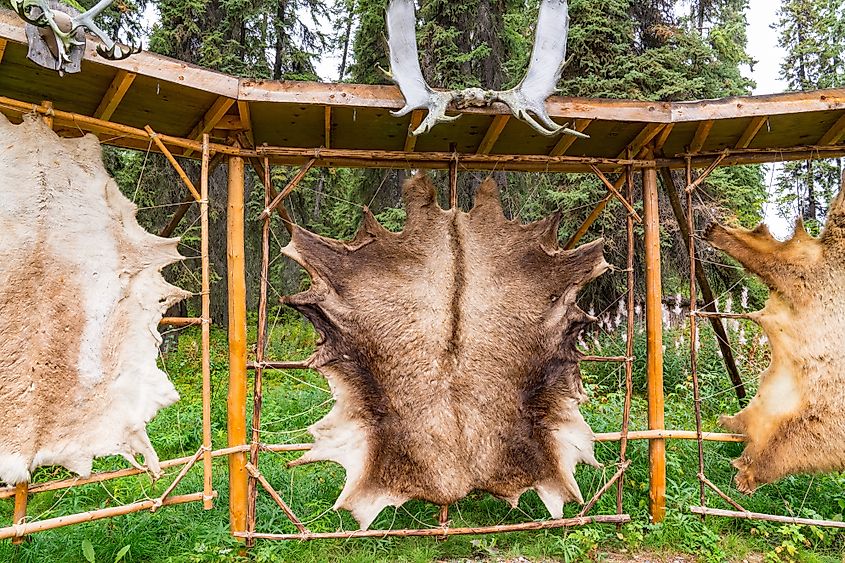
Long before explorers and settlers arrived in Alaska, the state’s Indigenous peoples lived alongside moose. Moose were revered as more than just a resource; they were held in high esteem. Hunters were expected to use technical skill while maintaining respect for the moose’s spirit and habitat, and hunting would be followed by rituals that doubled as offerings and expressions of gratitude for the meat, hide, antlers, and sinew, all of which were used for a wide range of purposes. Moose bones were also valuable for shelter and tools.
Athabaskan potlatch or other ceremonies would involve multiple moose hunted and eaten as feast food. Still, there would be a sense of respect, generosity, and deep connection to the land during these celebrations. These beliefs and traditions continue today. Athabaskan languages, especially those of the Koyukon and Gwich’in, feature vocabularies directly related to moose. Koyukon terms distinguish between big bulls, calves, and cows. Bulls are known as k’iyeega, while cows are deyozee.
Habitat in Alaska
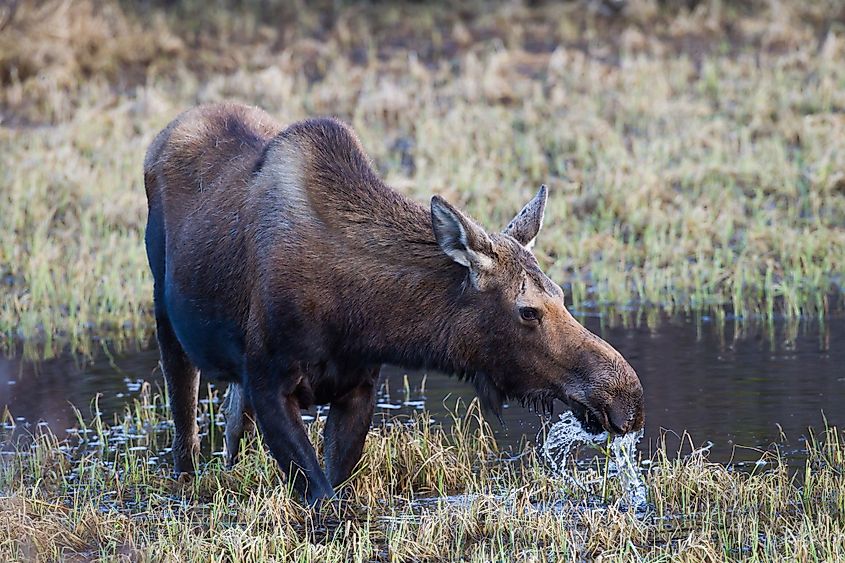
Moose inhabit boreal forests, woodlands, and marsh areas in the northern regions of Asia, Europe, and North America. They are found throughout the US, with concentrated populations in northern states such as Montana, Maine, and New York.
The Alaska-Yukon moose (Alces alces gigas) is the largest of all, with adult males weighing up to 1,600 pounds. Their colors range from golden brown to dark brown, with newborns sporting a red-brown coat that gradually fades to a lighter shade over a few weeks. Young moose can weigh up to 280 pounds by the time they are five months old.
Moose in Alaska inhabit the southeastern parts of the state up to the Arctic slope in the northern region. Known as a Taiga species, the Alaskan moose prefers the northern forests. Since the end of the 1800s, increasingly exposed winter forage has opened more habitable space for moose in the tundra regions around boreal forests. However, they still congregate in greater numbers in areas along the Stikine and Yukon rivers, as well as in regions that have experienced wildfires. They are commonly encountered in areas such as Fairbanks and Anchorage, along streets, and even in backyards. Fall and winter are great times to spot moose in the wild in Alaska; fall is the rutting season, and in winter, they are easier to see against the snow.
Dropping Antlers
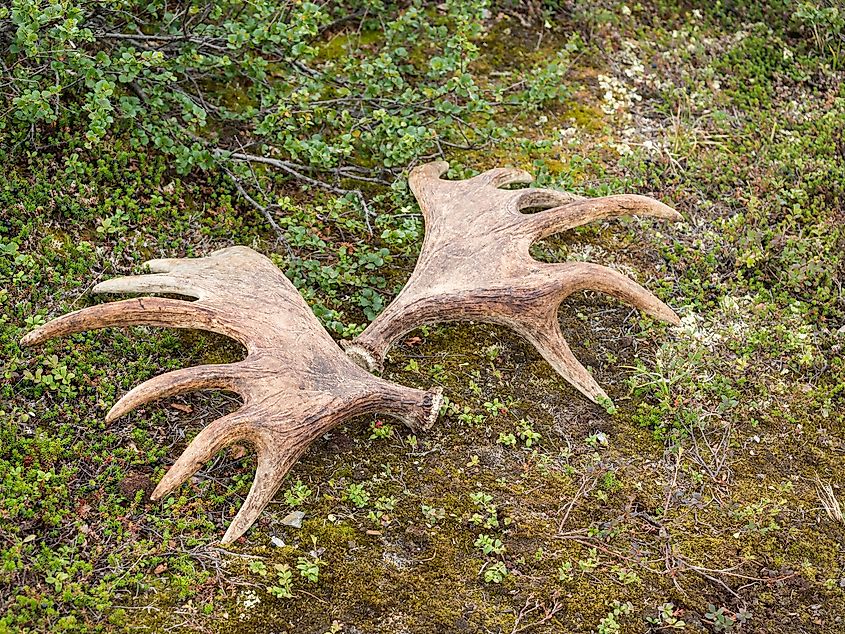
There are an estimated 175,000-200,000 moose in Alaska. The males drop their antlers every year during winter and start regrowing them in the spring. Typically, a moose antler is broad and flat with multiple tines. Two-year-old males usually have well-developed palms that continue to grow in size. The tines also increase as the antlers grow each year. Antlers reach their maximum growth when a moose is around five or six years old. At this point, they begin to grow smaller with fewer tines and less density, and they are sometimes deformed. Once antlers grow back after dropping, they are soft and covered with brown skin containing blood vessels until the new bone has solidified, at which point the velvet coating dries up and falls off.
Moose Diet
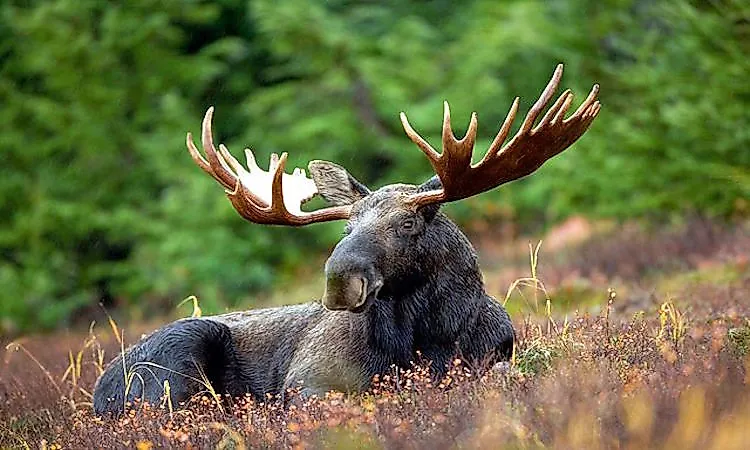
One adult moose can eat up to 60 pounds of greenery each day. This includes twigs, leaves, and shrubs. Their four-chambered stomachs enable them to digest plant material, but digestion takes up to 30 percent longer in winter compared to summer. The Alaska winter season impacts the moose population because of a lack of food. They have to rely on spruce trees and Douglas firs, whereas during the spring and summer months, they have an abundance of new growth to consume. When their food is covered in snow, they lose up to a pound of body weight per day, and this lack of winter food is what compels moose to head to Alaskan towns in search of sustenance. Unfortunately, this leads to an increase in vehicle collisions, resulting in the death of hundreds of moose each year.
Conservation of Moose Habitats in Alaska
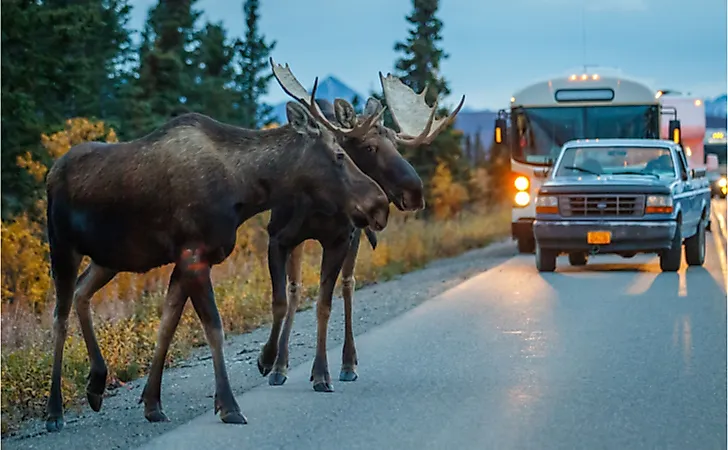
Anchorage and Alaska Soil and Water Conservation Districts (SWCDs) have collaborated on a project to improve moose habitat and cut down on the number of collisions involving moose. Together with the Bureau of Land Management, Cheeshna Tribal Council, and Alaska Fish & Game, they have crushed more than 50 acres of trees, primarily overgrown willow and spruce, along the Chistochina River. The aim is to encourage new growth that would attract the moose and keep them out of towns and cities.
However, there is a concern that climate change will make Alaska’s summers intolerable for the moose, regardless of the appetizing new trees and plants that are grown. Moose are built for cold weather and, when temperatures rise, they seek out cooler places to stay comfortable. While more trees with thick canopies will help them stay cooler, it may not fully protect them against rapid climate change. Alaska is seeing more wildfires and less mature forest at the moment, which means there are fewer shaded areas. If this trend continues, moose may suffer stress and even health problems when it’s hot.
Moose Viewing Spots in Alaska
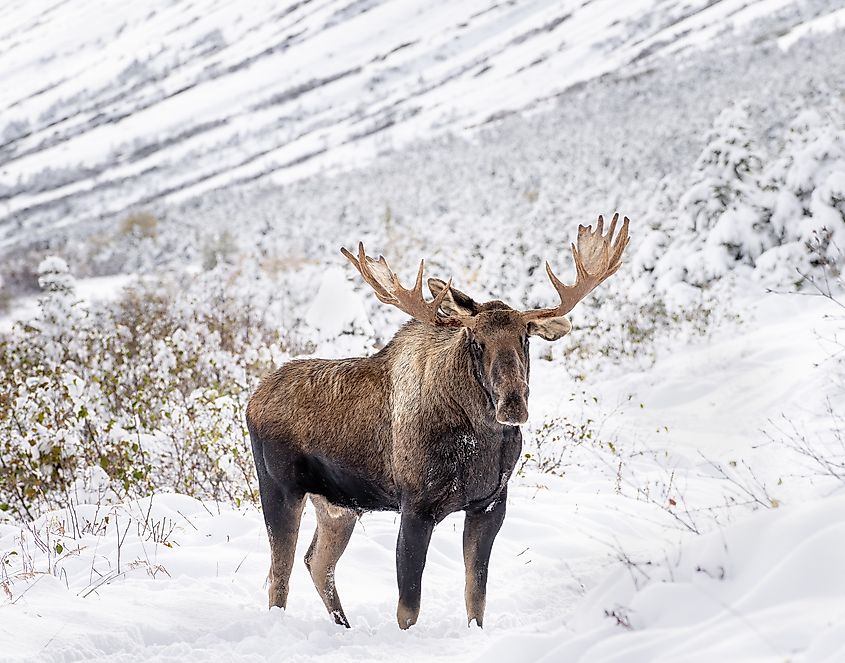
If you want to (safely) view moose in Alaska, there are several viewing spots to consider throughout the state. One of the best places to watch moose foraging for food is in and around Potter Marsh, 20 minutes south of Anchorage. The marsh consists of 564 acres of wetland and ponds stretching for two miles between the Chugach Mountains along the Seward Highway.
Another excellent viewing spot is Kincaid Park, which lies 15 minutes from Anchorage. Moose are drawn to the birch-spruce forest here, and it is easy to hike into the woods where you are likely to see them. Every fall, dozens of moose make their way to the valley of the South Fork of Campbell Creek for an annual rut. You can reach the area by hiking half a mile from the Glen Alps Trailhead in Chugach State Park. On average, there are up to 30 bulls and cows in plain sight. There are more moose to see in the Kenai River Estuary, Denali National Park, and Palmer Hay Flats State Game Refuge, and for guaranteed moose sightings in a controlled environment, visit the Alaska Zoo in Anchorage or the Alaska Wildlife Conservation Center.
If you are going to watch moose roam in the wild, it is extremely important not to approach them too closely. Always stay more than 50 feet away and watch for signs of agitation. Stay even further back if you encounter a cow with her calf during the spring season or a bull with antlers during the fall. Never take your dogs with you, as moose tend to charge or kick at them when they bark. If you notice a moose flattening its ears, drooling, kicking, or stomping, retreat.
Moose have played a significant role in Alaska for thousands upon thousands of years, serving as a vital food source, integral to the ecosystem, and a revered creature in traditional cultures. In 2025 and beyond, their future in the state depends on how well their habitat is managed and whether they can continue to adapt to a changing climate. In the best-case scenario, the Great Land Giant will roam Alaska’s wild spaces for many generations to come.



